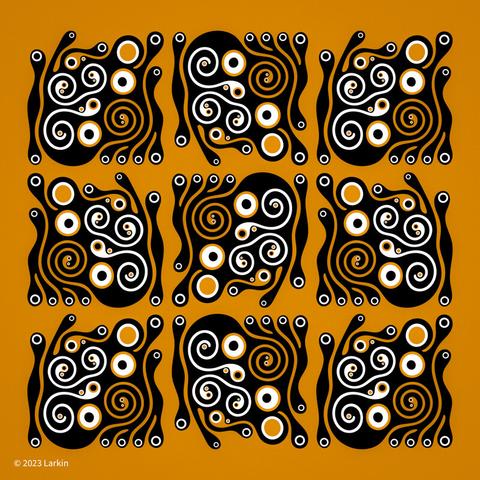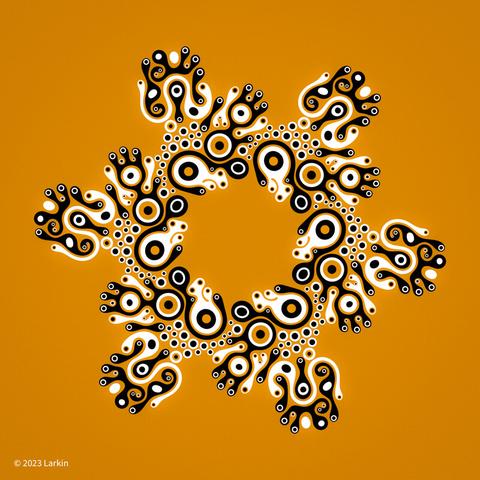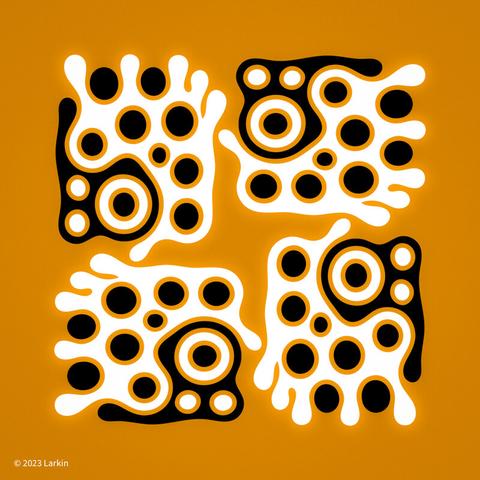I spent much of the day poking at the work I was supposed to be doing, but distracted by a compositional problem:
Taking twelve items (such as the numbers 0 through 11), I wanted to organize them in a row such that each appeared twelve times, not followed by any other item more than once.
(This is admittedly a close to trivial problem for people who are deeply into #serialism or #combinatorics.)
I posted it to Facebook, since I suspected that it might have an existing or simple solution that I didn't know, and which might work better than my trying to brute force it. A few friends gave solutions which led in roundabout ways to an answer, partially through making me state the problem more clearly.
Here's the solution that I came up with (where X represents 10 and Y represents 11):
0 0 1 1 2 2 3 3 4 4 5 5 6 6 7 7 8 8 9 9 X X Y Y 0 2 4 6 8 X 0 3 5 7 9 Y 1 3 6 9 0 4 7 X 1 4 8 Y 2 5 8 0 5 9 1 5 X 2 6 X 3 7 Y 3 8 1 6 Y 4 9 2 7 0 6 0 7 1 7 2 8 2 9 3 9 4 X 4 Y 5 Y 6 1 8 3 X 5 0 8 4 0 9 5 1 9 6 2 X 6 3 Y 7 3 0 X 7 4 1 X 8 5 2 Y 8 6 4 2 0 Y 9 7 5 3 1 Y X 9 8 7 6 5 4 3 2 1 0
At first, I followed a version of one friend's algorithm, going back and forth along the initial row of numbers. I then realized that I could make it even simpler by looping around the list (kind of as if they were numbers on an analog clock).
I realized that to make the 12x12 list, I would have to follow each number with itself. I had resisted this, for musical reasons, but found a way to make it work. I started with the twelve numbers themselves, each stated twice so that it was followed by itself and then by the next number in the row.
When I had used all of them and come back to 0, I looked for the next number which hadn't followed it yet, which was 2. 2 had already been followed by 3, so the next number was 4, and so on. I looped around until I ran out of possibilities.
This took me several tries, doing it by hand and by eye. I kept finding glitches. I think this version works. Now that I know how to do it, I could probably write a rather short Perl program to generate the list, something with "modulo" in it.
The result isn't a palindrome, though I thought at first that it might be. I do like how it turns itself around.
This is going to be the core of a quartet for unspecified instruments. I hear it as a string quartet, but it could be done for other instruments, as long as they have a combined range of four octaves, with each instrument staying in a different one of the four. The direct inspirations for the idea are #AnthonyBraxton's Ghost Trance Music and #OrnetteColeman's string quartet "Prime Design/Time Design."
#ExperimentalMusic






